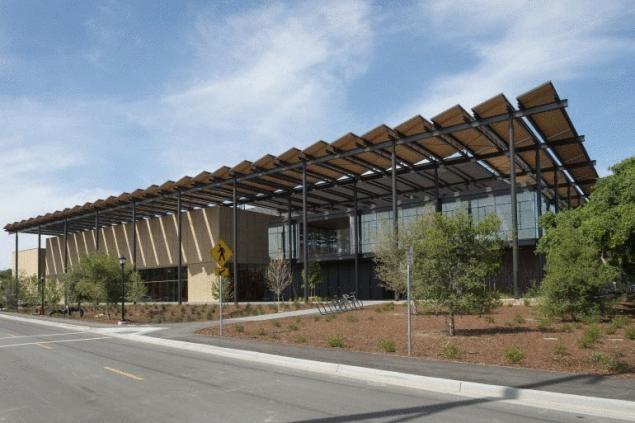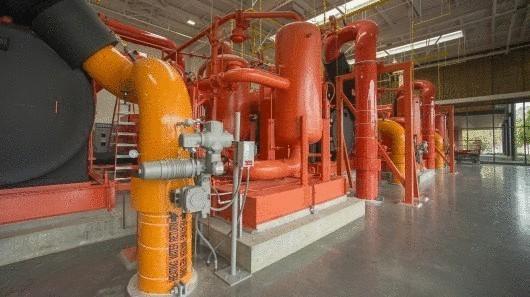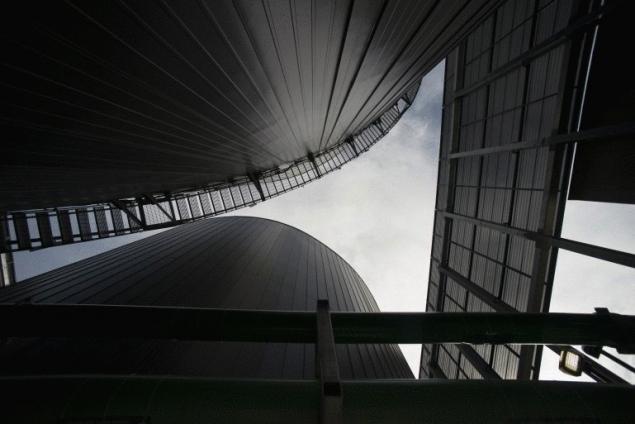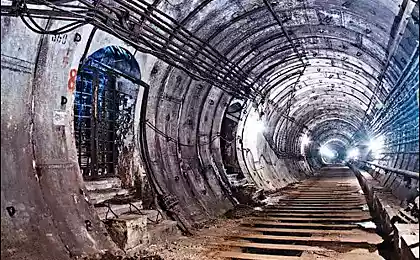514
New termosistema makes Stanford the most energy efficient University in the world
At Stanford University, California this is a common occurrence when employees or students to win a Nobel prize making news. In extreme cases, they become the sources and objects of stunning news. So, with the commissioning of new renewable energy systems to heat the campus and its cooling system appeared in some editions excitable headlines. Using unique heat recovery system and restore a significant percentage of electricity based on solar energy, the University is really a green object as its maintenance allows to reduce greenhouse gas emissions by as much as 68 percent while reducing fossil fuel use by as much as 65 percent.

The campus is something more akin to a small city, located on 8,000 acres and can accommodate more than 1,000 buildings with a total area of over 15 million square feet (1.39 million sq m). with these parameters, and the scale of CO2 emissions can add up to a big impact on the environment is approximately 150 000 tons of gas annually. The new system allows to avoid this. To achieve the goal, the experts used the once modern gasoline power plant, which was established in 1987 and which was heated buildings in the network of underground steam pipes, or carried out the cooling of buildings with chilled water pipes, because different areas need different temperature settings.

“Basically, when thinking about air conditioning or cooling, not as cold source, but rather as a means to collect heat, things become clearer,” said Joe Stagner, Executive Director at Stanford's Department of green technologies and energy management.

After the completion of the route, steam returns to an installation in the form of very hot water, known as condensate, together with chilled water, withdraw excess heat from the buildings. Once again to install, then just the excess heat is released into the atmosphere through evaporative cooling towers .published
P. S. And remember, only by changing their consumption — together we change the world! ©
Source: www.fainaidea.com/archives/80194

The campus is something more akin to a small city, located on 8,000 acres and can accommodate more than 1,000 buildings with a total area of over 15 million square feet (1.39 million sq m). with these parameters, and the scale of CO2 emissions can add up to a big impact on the environment is approximately 150 000 tons of gas annually. The new system allows to avoid this. To achieve the goal, the experts used the once modern gasoline power plant, which was established in 1987 and which was heated buildings in the network of underground steam pipes, or carried out the cooling of buildings with chilled water pipes, because different areas need different temperature settings.

“Basically, when thinking about air conditioning or cooling, not as cold source, but rather as a means to collect heat, things become clearer,” said Joe Stagner, Executive Director at Stanford's Department of green technologies and energy management.

After the completion of the route, steam returns to an installation in the form of very hot water, known as condensate, together with chilled water, withdraw excess heat from the buildings. Once again to install, then just the excess heat is released into the atmosphere through evaporative cooling towers .published
P. S. And remember, only by changing their consumption — together we change the world! ©
Source: www.fainaidea.com/archives/80194























